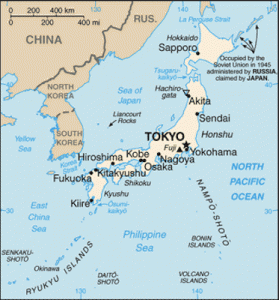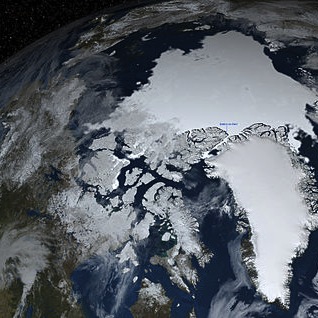Hey, will you look at that: Failed 2010 Republican Senate nominee for Colorado, Ken Buck, is back again to seek the state’s other seat in 2014. He’s off to a very strong start with a puzzling (yet, predictably offensive) comparison between a woman’s pregnancy and his experience battling cancer, as a way to express his opposition to a woman having a say in her personal health.
Yes, I am pro-life. While I understand a woman wants to be in control of her body — it’s certainly the feeling that I had when I was a cancer patient, I wanted to be in control of the decisions that were made concerning my body — there is another fundamental issue at stake. And that’s the life of the unborn child.
This dismissive attitude toward women’s decision-making abilities is absolutely in line with his past views from the 2010 cycle. It also reminds us of his “prosecutor’s discretion” decision not to charge a rapist on the horrid “grounds” that the survivor, who had been asleep, must have just made a bad call and regretted it, even though the rapist also admitted lack of consent. (More on that here.)
That all added up to Women’s Voices Women Vote Action Fund dropping over $800k in Colorado to run this ad in October 2010…
If Ken Buck wins the GOP nomination in Colorado, that’s probably for the best from a Democratic perspective, given that anti-woman comments like this latest cancer comparison were what helped him lose an easy race to an unelected no-name appointee. Here’s the text from my 11/3/10 post at Starboard Broadside:
Against the odds, Sen. Michael Bennet (D-Col., appointed 2009) has pulled off an upset to win his bid for a six-year term against DA Ken Buck, the tea-party favorite who had led the former Denver Public Schools superintendent for months in the polling. The Associated Press has called the race for Bennet with 97.2% of the vote reported, as Bennet leads by 15,444 votes. Buck has not conceded yet.
Bennet began pulling even in recent weeks as more revelations about Buck’s views on rape, abortion, and women came to light. Bennet’s hard-hitting response combined with independent expenditures against Buck by women’s groups helped derail Buck’s campaign. This was a critical hold for Democrats, as in nearby Nevada, where Harry Reid also won a major upset to retain his seat. On a night where the Democrats lost Obama’s old seat in Illinois, it would have been yet another embarrassment for the President to lose Colorado, since Bennet only occupies the seat because President Obama appointed Sen. Ken Salazar (D) to serve as Interior Secretary in his administration.
This time, if nominated again, Buck would be up against an elected incumbent with very high name recognition — Senator Mark Udall.
Oh, and I haven’t even gotten into Ken Buck’s views on education. But I guess I have to end this post somewhere before it just becomes an exercise in telling someone about that nightmare you had last night.




 This past week, the continental United States experienced a very deep and widespread freezing, even stretching sub-freezing temperatures as far down the latitudes as the deep American South. The more northern, higher latitudes had (depending on one’s location) windchills ranging from 15-50 degrees (Fahrenheit) below zero. In some places, exposed skin froze within a minute. Very dangerous, very cold weather.
This past week, the continental United States experienced a very deep and widespread freezing, even stretching sub-freezing temperatures as far down the latitudes as the deep American South. The more northern, higher latitudes had (depending on one’s location) windchills ranging from 15-50 degrees (Fahrenheit) below zero. In some places, exposed skin froze within a minute. Very dangerous, very cold weather.  As ethically bad as the 2014 Winter Olympics in Russia are going to be, the 2022 World Cup in Qatar is
As ethically bad as the 2014 Winter Olympics in Russia are going to be, the 2022 World Cup in Qatar is